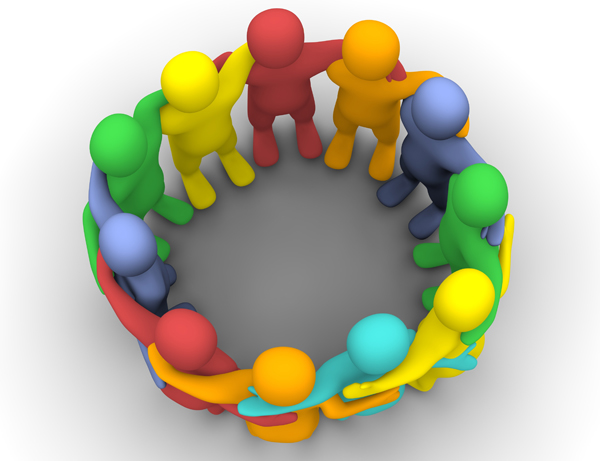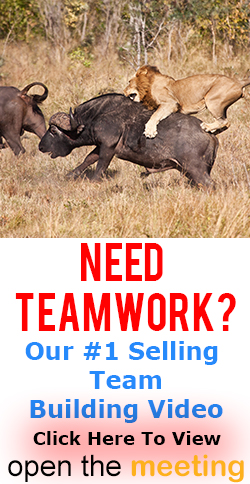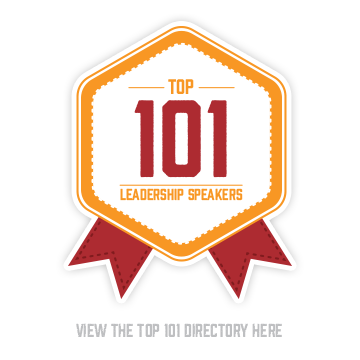Whether it is in the classroom, the locker room, or the board room, you develop teamwork when you choose to appreciate diversity and the creative contributions it offers.
Contributing unique and valuable ideas or skills to something greater than yourself is the essence of teamwork – and it is how extraordinary things get done!
Nobody climbs Mount Everest by himself.
The greater your vision, the more important it is for you to invite others to join the crusade and build a team of diverse talents. And if you encourage creative contributions, if you truly value and appreciate diversity in your people, your efforts to solicit the creative contributions of others will pay many dividends.
It isn’t always easy to listen before you speak. It isn’t always easy to thoughtfully consider a perspective or idea that wasn’t your own. It isn’t always easy to invite the contributions of others or encourage them to share ideas you may not agree with.
Teamwork is about collaborating and working together to do WHAT is right instead of getting caught up in identifying WHO is right.
Teamwork is perhaps best defined as the coordinated activities of a cohesive group who contribute diverse skills and resources to accomplish a shared goal. It isn’t always easy or comfortable, but it does always produce better team motivation and more impressive results than our own individual efforts could without the input of other talents, voices or perspectives.
As important as this lesson is, though, we were not taught to develop teamwork or value it in school. In school, they called it cheating!
Have you ever seen your child (or somebody else’s) pretend that a pop tart was a gun, or make-believe their straw was a sword?
The reason is that 98% of kids instinctively think creatively and divergently!
Now – raise your hand if you went to school… (Yep, I imagine that’s everybody!)
So what did you learn there? It probably wasn’t creativity or building relationships.
More likely than not, you were “educated” through memorization, multiple choice tests, and regurgitating your teacher’s emphasized ideas.
And that is why that same research study found that in adults, there were no longer 98% thinking divergently. As adults, the percentage of divergent thinkers had shrunk to about 2%!
What did it mean to BE SMART in your school?
It probably meant you were responsible and organized and turned in your work and could read and answer questions and do your math problems correctly! But today, that isn’t what companies are looking for, and it isn’t what our economy most needs to thrive.
To be successful today – to be considered SMART and valuable in most any organization – people have to think creatively, and innovate, and take risks, and build relationships, and appreciate diversity!
But over the course of our schooling, creativity is trained out of us – and we conform to their expectations of giving correct answers…
Do you know how fleas are trained to make a “flea circus?”
All it takes is a Jar and a piece of cardboard…
The fleas are put in the jar and the cardboard is placed on the top, so that when the fleas jump, they hit the cardboard and eventually learn that jumping too high results in pain. They are trained to stop jumping as high as they could have, and only jump as high as the cardboard!
School, for too many students, is that piece of cardboard… and it trains the creative contributions and tendencies of children out of the adults we depend on for increasingly team-oriented environments where innovative ideas and a variety of skills are important.
What does it mean to be SMART in your organization? On your team?
As educators, or supervisors, or leaders in any area, one of the greatest gifts we can give people is the gift of encouragement and support to share their ideas and contribute their talents to something larger than themselves.
To boost team development, in any field, I challenge you to appreciate diversity and invite more talented and varied voices into the discussion of what needs to be done and how it should best be accomplished. Encourage your people to share difficult questions and creative contributions.
Instead of building an increasingly impotent army of clones, seek to grow the unique and valuable talents that every individual in your organization offers.






